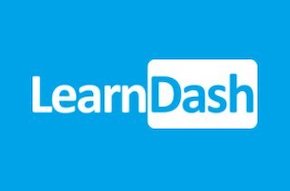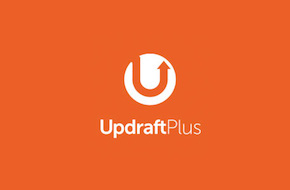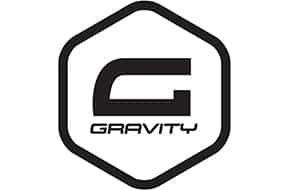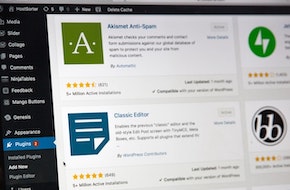
Construct an educational course with the LearnDash plugin
Structure your lessons for ease of use
We’ve talked about the basics of LearnDash before, but learn how to structure your courses for success. Ensure they’re easy to follow for your users, well-organized, and provide worthwhile and useful reports. With so many different post types, it’s crucial to have a solid outline of what type of content goes in various levels of the LearnDash structure.
The course page
The course page is the main face of the entire offering. Each course has only one main course page, which is accessible even if a user isn’t enrolled in the course. This is the perfect place to describe the high level benefits of the course. LearnDash also automatically provides an outline of the titles of all the subcontent, which is another great place to tease the content and what anybody who enrolls will gain access to.
Since everybody has access to this page, regardless of enrollment, it’s important not to include any of the actual premium content (unless you’ve decided to offer it as a free course).
Break up topics into modules
Once the user is enrolled in the course, they’ll gain access to the actual educational content. Modules are generally used to organize said content. If the course page is the cover of the textbook, then the modules are the individual chapters. They’re how you create s ense of progression, and keep the course content organized in a meaningful way.
As such, the module page can certainly provide a deeper level of explanation and detail. It should serve as an introduction to the topic, how it fits into the structure of the course, and encourage the users to get started with the nitty-gritty lessons.
Share the finer details with lessons
The lessons are where the real meat of the course is served. This is the deepest level, and should therefore be the most detailed. This is the place to go into the particulars, and show your users the real value of signing up for your course. The actual content will vary depending on your industry, of course, but you can divide it up into as many lessons as necessary to effectively convey the information.
Test student knowledge with frequent quizzes
If you want to provide your users with the opportunity to test their knowledge, quizzes are the most automated way to accomplish that. There are a variety of different question types you can use, from basic true/false to complicated checkbox questions. You can also provide essay questions, though those can’t be automatically graded as the other questions can.
You can create as many quizzes as you like – you can put a quiz at the end of every lesson, every module, or just one final test at the end of the course. You can even require a passing grade before users can move on, or award certificates for a successfully passed quiz.
Offer assignments for a closer look
If you want to take a more hands-on approach to gauge student’s progress, you can use essay questions in quizzes, or require assignment submission. These assignments can configured to be any file types, and have very similar other conditions to quizzes. You can add them in multiple places, require a passing grade before they’re allowed to continue, and more.
Award completion with certificates or points
You can award certificates either throughout or at the end of any course. The certificate can be awarded upon a quiz or assignment, or can just be awarded for course completion. LearnDash also comes with an integration to several gamification platforms, where your users can win points and achievements. These can be simple bragging rights, or can be traded in for rewards like coupons, bonus lessons, or just about anything.
Custom the flow for your needs
While these uses are a good general guideline to follow, it’s certainly not set in stone. Have a short course that doesn’t delve too deep? Consider skipping lessons and only using modules instead. Don’t need quizzes or assignments? No harm in skipping them if needed. You can even rename these custom post types to fit your own site’s tone.
Need help setting up your LearnDash course! Don’t hesitate to reach out to us for a free quote!



